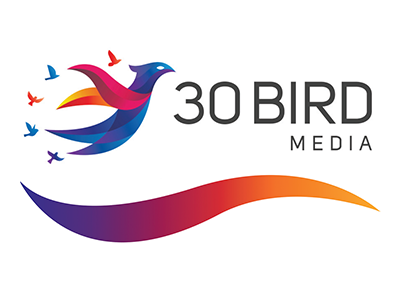 |
(ISC)² Certified Authorization Professional (CAP) |
24.00 |
(ISC)² Certified Authorization Professional (CAP) focuses on the Risk Management Framework prescribed by NIST Standards, as implemented according to the requirements of (ISC)² CAP Certification. This course is current as of April 2022. It was revised in accordance with new and updated NIST publications over the preceding two years, including NIST Special Publication (SP) 800-37, R2; SP-800-53, R5; SP 800-160, versions 1 and 2; and SP 800-171, R1 (among others), and the (ISC)² CAP Certification Exam Outline, in compliance with the stringent requirements of ANSI/ISO/IEC Standard 17024. |
 |
Microsoft Excel 2021/365 Complete |
24.00 |
Microsoft Excel 2021/365 Complete starts with the basic concepts and skills in Microsoft Excel, then builds on these to provide more advanced tools to solve real-world problems and analyze and present complex, realistic data.
You will benefit most from this course if you want to use Excel to perform real-world tasks, such as rearranging and presenting complex data, getting information from large amounts of data from sources inside and outside of Excel, creating output that varies according to conditions, manipulating dates and text, and automating repetitive tasks. If you intend to take a Microsoft Office Core or Expert exam for Excel, this course will prepare you for both, covering all the objectives for both exams.
The course assumes you know how to use a computer, and that you're familiar with Microsoft Windows. It does not assume that you've used a different version of Excel or another spreadsheet program before. |
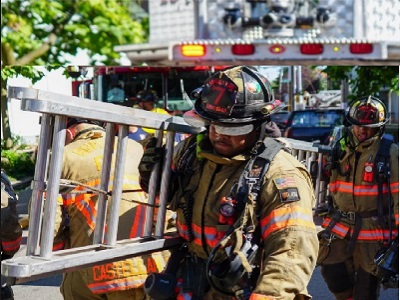 |
Fire Service Ground Ladders - BASIC |
1.00 |
This course is a basic-level introduction and review of fire service ground ladders. This course introduces the seven types of fire service ground ladders as defined by NFPA. The course includes a review of ground ladder construction, ground ladder selection by task, and safe operation of the fire service ground ladder. The course is evaluated with a multiple-choice exam that requires a passing score of 80%. The course length is approximately one hour. |
 |
Providing Homework Support |
2.00 |
The National Standard Objectives of Learning (SOL) have raised questions about the role of school-age programs in providing homework help and support. Research indicates there are many different ways to provide effective homework support in school-age programs. Some are more structured than others. When planning a homework support program, it is important for school-age programs to develop a homework philosophy that is consistent with the program’s overall philosophy and reflects current research on best practices for providing homework help. The homework philosophy should also reflect the needs of parents and children in the program and strike a balance between homework needs and other experiences that help children grow and learn out-of-school. When staff know how to design homework environments, identify appropriate homework materials, and use effective strategies to guide children’s efforts, homework support can be an effective component of ongoing programs. |
 |
Grammar |
1.50 |
Grammar is an essential part of any work environment. However, it can come with many different eccentricities. In this course, you will learn how to avoid common grammar mistakes in both your personal and professional writing. |
 |
Bleeding - Paramedic Overview |
2.00 |
Clinical Pharmacologist, Nicole Acquisto, spends time in the classroom with four experienced paramedics. In this session she reviews the ALS management of the Bleeding Cascade and briefly reviews Thromboelastography. |
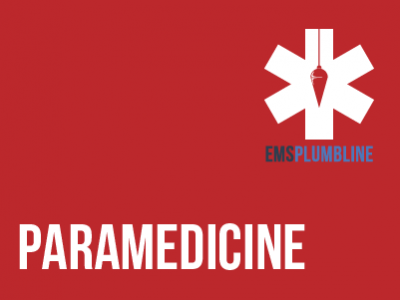 |
Introduction to RSI Part 1—Pharmacology Overview |
1.50 |
This course has been designed for the paramedic who is entering a Rapid Sequence Induction (RSI) course for the first time, or the RSI student who needs a brief review. Nicole M. Acquisto, Doctor of Pharmacy, does a fantastic job of summarizing medication concerns with each phase of the process. Final Exam: This multiple-choice exam is designed to test your knowledge of the material you just reviewed. You have two attempts to gain an 80% or higher on this exam. Please take your time and answer each question carefully. |
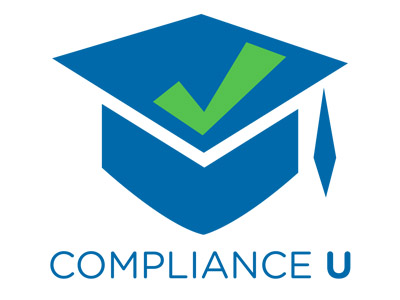 |
Bloodborne Pathogens and HIV (Corrections) |
1.00 |
In this course, you will learn about the characteristics of bloodborne pathogens, diseases caused by these pathogens, such as HIV, and how they are transmitted. You will also learn the elements of an exposure control plan and how to prevent contact with or infection from contaminated body fluids. In addition, you will learn how to handle exposure incidents involving blood, and the signs, labels, and color-coding used to warn of biohazards and bloodborne pathogens. This training is provided to help employers provide a safe and healthful work environment for their employees and minimize the possibility of employee exposure to bloodborne pathogens. |
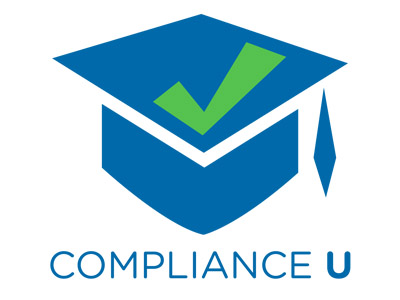 |
California Harassment Prevention Training for Managers, Supervisors, and Salaried Employees (Corrections) |
2.00 |
This course provides comprehensive online training to prevent harassment in the workplace. It offers strategies to achieve more appropriate employee conduct and reduce your company’s liability. In addition to promoting a harassment-free work environment, this course will also bring your organization into compliance with state laws, such as California's sexual harassment training requirement, AB 1825. |
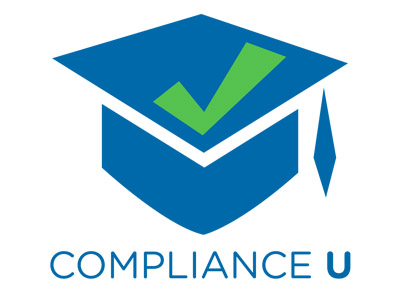 |
California Harassment Prevention Training for Team Members (Corrections) |
1.00 |
Harassment cases have resulted in organizations being liable for hundreds of millions of dollars in legal fees and lost revenue annually. The information presented here enables employees in the organization to create a harassment-free culture. |
 |
Fireground Communications - BASIC |
2.00 |
This course is an introductory-level presentation that introduces the firefighter to the concept of fireground operations. Fireground communication is integral to effective fireground operations, and proper communications are critical to firefighter safety. This course describes the standard communication model, identifies the communication system, and provides a procedure for conducting proper radio communications, from receiving the alarm, through operating the fireground, to terminating incident command. The course is evaluated with a final exam requiring a score of 80%. Firefighters who complete the course are provided with course materials to aid learning and further their education. The clock time for this course is approximately two hours. |
 |
Explorando la continuidad de las tareas de desarrollo de niños en edad escolar de 5 a 12 años (Spanish) Exploring the Continuum of Developmental Tasks of School-Age Children from 5 to 12 |
1.25 |
Comprender la continuidad del desarrollo continuo entre las edades de 5 y 12 años proporciona la base para planificar e implementar programas extracurriculares exitosos. Cuando el personal conoce y comprende las tareas de desarrollo de los niños en edad escolar, puede trabajar con los niños y colegas para diseñar ambientes efectivos, planificar actividades atractivas, establecer expectativas y límites apropiados y guiar el comportamiento de los niños de manera efectiva.
Understanding the continuum of ongoing development between the ages of 5 and 12 provides the foundation for planning and implementing successful after-school programs. When staff know and understand the developmental tasks of school-age children, they can work with children and colleagues to design effective environments, plan engaging activities, set appropriate expectations and limits, and guide children’s behavior effectively. |
 |
Animal Behavior 1: Why Study Animal Behavior? |
1.00 |
Animal behavior is a topic that has fascinated people for centuries. The first course in the series will give an overview of behavior and highlight the many reasons to study animal behavior, the history of behavioral research, and the many different fields that study animal behavior. |
 |
Animal Behavior 2: Application of Animal Behavior Research in Zoos and Aquariums |
1.00 |
Modern accredited zoos and aquariums strive to use behavioral data to make many management decisions about the animals under their professional care. This course will provide an overview of many different uses of animal behavior in a zoological setting, including the ability to examine indicators of animal welfare. |
 |
Animal Behavior 3: Experimenter, Observer, and Sampling Bias |
1.00 |
This course will give an overview of different types of bias that can impact a study on animal behavior. Information contained in this course will help ensure observers are aware of how experimenter, observer, and sampling bias can impact data collection and analysis, and of precautions to consider and take before starting a study. |
 |
Animal Behavior 4: Reliability and Validity |
1.00 |
This course will help ensure that the data you collect in animal behavior research is repeatable, consistent, and actually measures the features of a target behavior. This is called reliability and validity. |
 |
Structural Search Operations (NYS12) |
1.00 |
This lesson familiarizes the firefighter with structure fire search and rescue operations. The lesson reviews primary search methods including Orientated, TIC Led and Vent Enter Search. Methods for conducting structural search as well as managing occupants and victims are introduced. These methods are based on operational risk assessment with firefighter safety as the prime focus. The lesson is evaluated with in-lesson activities and a final multiple choice quiz. |
 |
Implicit Bias (Corrections) |
1.00 |
In this course, you’ll learn about implicit biases that happen despite our best intentions. After completing this course, you will be able to:
Define implicit bias.
Describe how implicit bias can impact the workplace or an organization.
Identify the steps you can take to further educate yourself about this topic. |
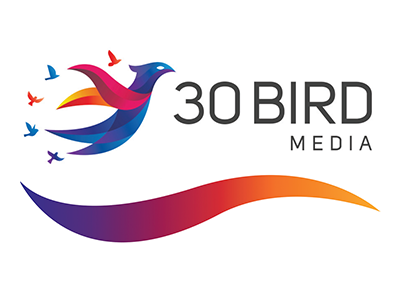 |
Microsoft Azure Fundamentals - Exam AZ-900 |
24.00 |
Azure Fundamentals - Exam AZ-900 provides basic knowledge of cloud concepts, Azure cost management and Service Level Agreements, core Azure services, core solutions and management tools, general security and network security features, and identity, governance, privacy, and compliance features. You will find this course valuable if you are just beginning to work with cloud-based solutions and services or are new to Azure. This course maps to the Azure Fundamentals AZ-900 exam.
You will benefit most from this course if you intend to take the Azure Fundamentals AZ-900 exam. Azure Fundamentals can be used to prepare for other Azure role-based or specialty certifications, but it is not a prerequisite for any of them.
This course assumes you have basic knowledge of general technology concepts, including concepts of networking, storage, compute, application support, and application development. |
 |
Fire Behavior Basics (NYS02) |
1.00 |
This lesson introduces the basic chemistry and physics of fire behavior. The lesson defines combustion, reviews the fire triangle and components of the fire tetrahedron. The stages of fire develop and accompanying characteristics are discussed with a focus on heat transfer and how it plays a part in fire develop. The lesson is evaluated using a brief quiz covering the material included in the lesson. |
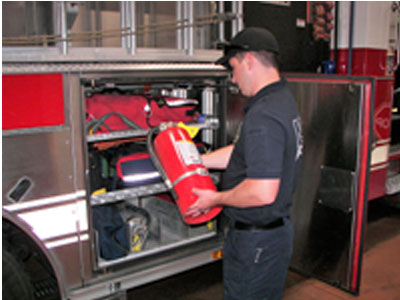 |
Fire Extinguishers (NYS03) |
1.00 |
This lesson reviews the identification, selection, and use of different types of fire extinguishers. The lesson begins with a review of the basic science of fire. The classifications are defined and described and the extinguishers that meet those classifications are identified. Fire extinguisher maintenance is described and reviewed. Finally, the PASS method of fire extinguisher operation is defined and described. |
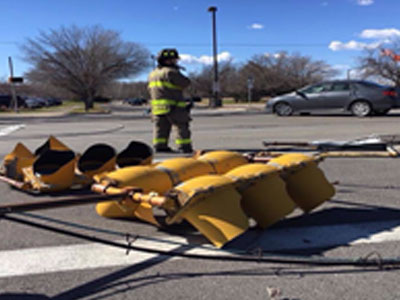 |
Utility Pole Incidents (NYS05) |
1.00 |
This is a basic lesson for the introduction or review of the utility pole for the firefighter. The lesson defines types of utility poles and identifies the risks and hazards associated with operating at incidents that involve them. The lesson is evaluated with a final multiple-choice quiz. A grade of 80% or better is required to pass this course. |
 |
Introduction to Risk Management |
1.00 |
This an introductory course that introduces the firefighter to the concepts of risk management. The concepts introduced in this course are intended to create a healthy attitude regarding safety and begins a process of developing a safety-minded culture. The definitions of hazard and risk are defined and the concept of risk management is explained. This explanation of risk management is intended for firefighters who need a rapid and effective method for identifying and mitigating dangers on the fire ground. |
 |
Introduction to Incident Command and Control |
1.50 |
This course is based on the National Incident Management System (NIMS). This course uses lessons to describes a phased process for the implementation of NIMS management characteristics into an Incident Command System. This phased process is a common-sense approach to emergency scene incident command based on the typical timeline for fireground development. It is important that you review local municipal law and organizational policies for implementing Incident Command. This course presents a system for implementing incident command during emergency operations. Incident Command does not have to be implemented using this system however, it needs to be implemented using a system. |
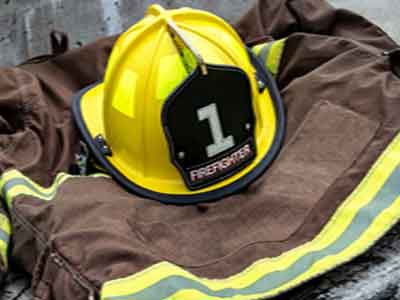 |
PPE Care and Maintenance |
1.00 |
This course describes the required care and maintenance necessary to keep your personal protective equipment in service and able to afford you the highest level of protection. The objective is to promote competency in personal protective equipment inspection procedures based on NFPA 1851 standards. Students should also familiarize themselves with agency guidelines, policies, procedures, and best practices for documenting and reporting concerns with issued personal protective equipment. |


























